Interview with Peiyang (Camille) Li from China

Interview with Jessica Zhengjia Hu for Splashy Cup and Saucer Sets
September 19, 2023
Interview with Kevin Ching from Hong Kong S.A.R., China
September 19, 2023Peiyang (Camille) Li
Peiyang (Camille) Li has accumulated over four years of experience in the fashion industry. Beyond her professional pursuits, she also delves into astrology during her leisure time. Her design inspiration often finds its roots in the life experiences of her clients.
Interview With The 2023 MUSE Design Awards Winner – Peiyang (Camille) Li
Hello everyone, I'm Peiyang (Camille) Li! I'm thrilled to have been selected for a Platinum Medal in the MUSE Design Awards. I've been in the fashion industry for over four years now. In my free time, I'm also an astrologer, and much of my design inspiration comes from my clients, drawing from their life experiences.
Additionally, my background is quite diverse. I was born in the central-southern region of China and lived in the southern part of China for 10 years, then went to the United States for middle and high school where I continued my education in New York. I believe it's this rich and diverse background that has allowed me to develop a broad perspective and outlook on things.
Actually, a significant source of inspiration for my designs comes from the Disney Princess magazines I used to read as a child. These magazines would include stickers in each issue, allowing readers to mix and match outfits for the princesses. I found this to be a fantastic interactive experience that sparked my interest in clothing.
Additionally, I have incredibly supportive parents who have always encouraged and unwaveringly supported my pursuit of my dreams. Without them, I wouldn't be where I am today.
Currently, I'm still a student and it was actually my undergraduate graduation project that helped me understand where my true strengths lie. The project that has earned me this award is, in fact, my undergraduate graduation project. I am currently pursuing my master's degree, specializing in textile design.
Through this experience, I aim to determine my future career path. I'm leaning towards intimate wear or fashion accessories, and if things go well, I may consider a career in fashion as well.
My own design style has actually been quite versatile over time but I always ensure that all my projects have a harmonious look. I adapt my style depending on the specific project I'm working on and where my inspiration takes me.
I've experimented with edgier styles and also explored more elegant ones. You could say that if a brand's style is too consistent, customers may become bored, as human nature is inherently curious.
In general, if conditions allow, I prefer to have the opportunity for first-hand research because relying solely on images to gather inspiration can be quite limiting. Through on-site research, people can experience the tactile sensations, sounds, and more. So, this is the first and a crucial step.
Additionally, I would explore the possibility of incorporating various fabric techniques. For example, in the project that earned me this award, I added springs to the back of the clothing to create volume and increase thickness.
This is my first time receiving an international award and I am deeply moved! I want to express my heartfelt gratitude to the photographer, Siqi, the makeup artist, Vea, and the model, Xinyi.
Without their dedication and professionalism, I wouldn't be where I am today and this achievement is also a significant milestone in their careers. On a side note, my family couldn't sleep the night they found out I won the award!
I appreciate these three aspects of the fashion industry the most:
- Inclusivity and Support for LGBTQIA+: The fashion industry is relatively friendly and inclusive toward the LGBTQIA+ community, fostering an environment where diversity is celebrated.
- Passion and Dedication: People who love fashion are incredibly dedicated to their craft and remain focused on their work, undeterred by external influences. Their unwavering passion drives them forward.
- Communication Through Design: Fashion allows two individuals with no shared language to express their ideas and communicate through design, which is a remarkable aspect of the industry.
These elements make the fashion industry unique and appealing.
I can offer two valuable pieces of advice.
First, spending time watching self-study videos online and practicing consistently can help hone your skills.
Second, gaining insight into the creative processes of outstanding designers can be incredibly educational and inspiring. These steps can be instrumental in your growth as a designer.
For me, success requires inner strength, a certain level of resilience, and the ability to strike a balance between assertiveness and a mature demeanor. Finding this balance can be challenging, as it depends on the specific situation and the individuals involved.
Some people are naturally skilled in navigating the unspoken rules of the workplace, while others may not be. It ultimately depends on the context and the people you're dealing with.
Winning Entry
Live Sashimi x Aqin | 2023
In a handful of Japanese villages, Sashimi has evolved into a cherished tradition where fishermen meticulously …
(Read more at MUSE Design Awards)
Peiyang (Camille) Li
Peiyang (Camille) Li has accumulated over four years of experience in the fashion industry. Beyond her professional pursuits, she also delves into astrology during her leisure time. Her design inspiration often finds its roots in the life experiences of her clients.
Read more about this interview with Jessica Zhengjia Hu for Splashy Cup and Saucer Sets from China, the Gold Winner of the 2023 MUSE Design Awards.


